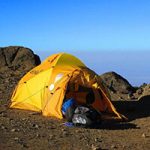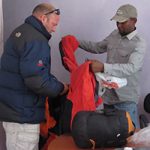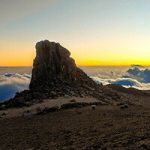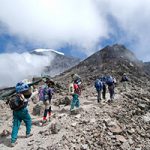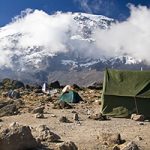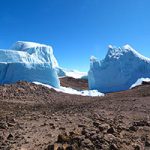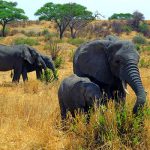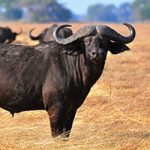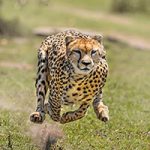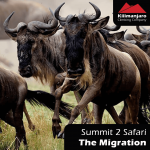Training For Kilimanjaro
How to Train For Kilimanjaro
Climbing Mt. Kilimanjaro requires a level of fitness and to properly enjoy the experience it is important to reach this level. The best kind of your training for Kilimanjaro would be getting experience in the mountains wearing the boots you will be using on Kilimanjaro and carrying a day pack. This will get your body accustomed to what it will be experiencing on a day to day basis while on the Kilimanjaro climb.
Training for Kilimanjaro – KCC`s Fitness Plan
We have developed an 8 week training program which can be used as a guideline.
There are two main aspects when training for Kilimanjaro:
Physical Endurance
Mental Stamina
Physical Indurance
Considering the fact that you will be hiking for up to 8-16km per day during your climb, it is important to incorporate basic physical endurance activities that train your body to dig deep when energy reserves are low.
Aerobic Training
Aerobic training (also known as cardio) uses oxygen to adequately meet the energy demands of exercise via aerobic metabolism. The types of exercise that use aerobic metabolism are generally light-to-moderate intensity activities like long distance jogging, swimming, cycling and walking. This differs from anaerobic exercise like high intensity weight lifting and sprinting, which uses anaerobic metabolism to supplement the aerobic system due to increased energy demands. Aerobic exercise builds the cardiovascular system, which is key when training to climb Kilimanjaro, as a strong cardiovascular system will help you process limited oxygen in a more efficient way.
Hiking
Climbing Kilimanjaro is in fact just one long hike. The best way to prepare for a long hike is to do a few your-self. We recommend doing at least two long distance hikes (over 5 hours). If you can do back to back days, that would be even better. Doing a few practices hikes as part of your training to climb Kilimanjaro has a few benefits: You get to experience what a 5 hour hike on difficult terrain feels like, going up and down (going down is often more grueling as your knees and joints can take a battering) You get to wear in your boots. There is nothing worse than arriving in Kilimanjaro with unworn-in boots. This can seriously stymie your summit attempt as you may get blisters and sore feet early on in your hike.
Mental Stamina
Mental strength and stamina is just as important as physical. Being prepared mentally is what keeps you going and will get you to the summit. Most require some form of pushing your body to the extreme, or to what you think your limits are, and then pushing through to accomplish your goal. Long distance running, particularly marathons, but half marathons can help train this as you may not be accustomed to this kind of training. This type of activity really requires one to draw on their mental reserves to get to the finish line.




